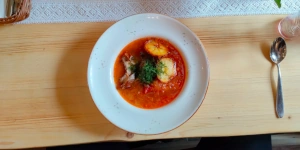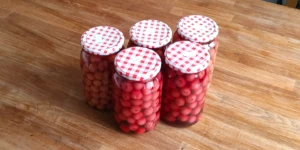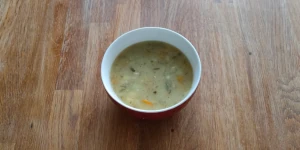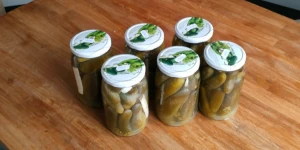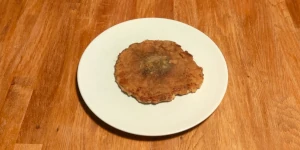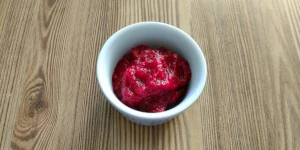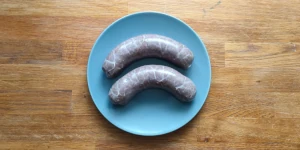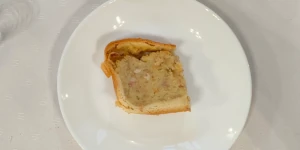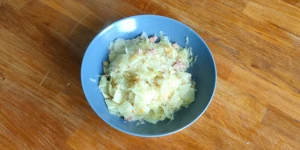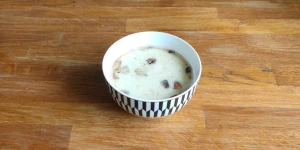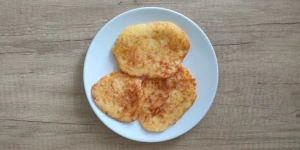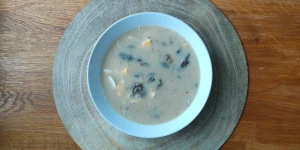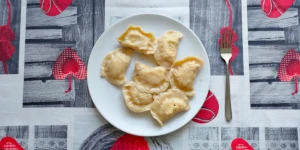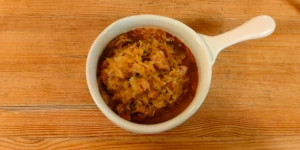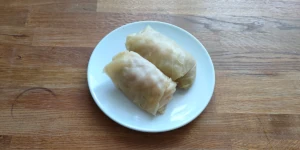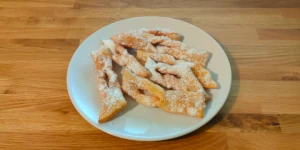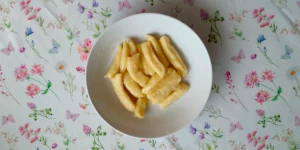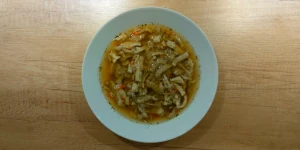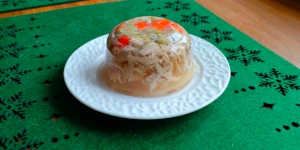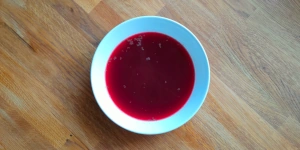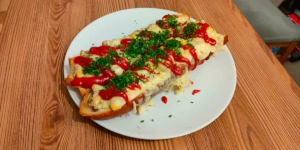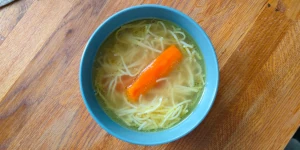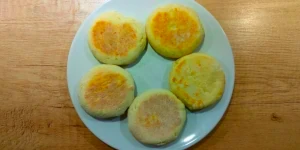Traditional Polish recipes
Polish cuisine is a rich mosaic of flavours and traditions, shaped by centuries of history, changing borders and numerous influences of foreign cultures. For centuries, Poland was a tolerant country, so the influx of new people naturally led to the enrichment of culinary traditions. Its foundations are local products - fertile fields provide grains (rye, wheat, barley), vegetables (potatoes, cabbage, beets), orchard and forest fruits (apples, mushrooms, berries), and rivers and lakes - fresh fish. In addition, there is the breeding of pigs and cattle, thanks to which Polish cuisine gained characteristic cold cuts, cheeses and fats (lard, butter, bacon). A large part of Polish cuisine originates from rural cottages and manors. They created various dishes based on what was obtained from the surrounding fields and forests. Hence, meat and flour dishes dominate Polish cuisine.
Old Polish cuisine is largely based on game. In a land full of forests, there was no shortage of such meat. Additionally, a lot of forest resources, such as mushrooms, were used. Slightly more modern cuisine also has many vegetables and fruits, which it uses just as willingly.
Historically, three conquering sanctuaries are responsible for the culinary identity: Prussian Silesia with potatoes and heavier sauces, Austro-Hungarian Galicia with exquisite confectionery and preserves, and the Russian eastern zone with groats and one-pot dishes. Different techniques were born in each part of the country – from fermenting and pickling vegetables in the north, through smoking meat and fish in forested regions, to stewing and frying in fat in central Poland. This emphasizes seasonality: from sour-buttery żurek in spring, through summer cold soups and salads, to autumn goulash, mushroom compotes and winter bigos.
The foundation of spices is marjoram, garlic, black pepper and bay leaf, while herbs include lovage, dill and parsley. Sweetness traditionally appears in the form of honey, fruit preserves and exceptional baked goods, such as the famous croissants or mazurek, which combine the simplicity of butter with the richness of nuts and dried fruit.
Currently, Polish cuisine is experiencing a renaissance: culinary trails, festivals of flavours and modern restaurants reinterpret old recipes, combining them with new techniques and ingredients. Despite the fact that the world is wide open to us, it is tradition - from sourdough bread, through pickles, to homemade soups - that remains the heart of Polish culinary art.
There are several regions in Polish cuisine. Each of them has common features, but some recipes are specific to only one or a few regions:
Polish regional cuisines
Lesser Poland cuisine
It originated at the meeting point of Austro-Hungarian and Jewish influences, and developed around wealthy noble courts and mountain farms in Podhale. It is based on local raw materials: forest mushrooms, sauerkraut, beets, lard, cream and sheep's milk; it often uses onion, garlic and aromatic herbs (marjoram, cumin).
Silesian cuisine
Shaped by over a hundred years of Prussian affiliation, with a strong accent on German table culture. It is based on simple products: potatoes, cabbage, onion, lard and pork, enriched with vinegar, marjoram and pepper.
Greater Poland cuisine
It grew out of peasant thrift in the territories of the Prussian partition, focused on the maximum use of land and seasonal products. The centrepieces are potatoes and grains (rye, oats, wheat), cottage cheese and country milk; often enriched with dill, garlic, onion and field herbs.
Kashubian cuisine
It grew on the border of Baltic and German influences, formed by fishing and Olęder settlement. It is based on fresh freshwater and sea fish, potatoes, cabbage, beets and forest mushrooms. Characteristic are the sour notes obtained through fermentation, and only horseradish, dill and garlic were used for seasoning.
Podlasie cuisine
A meeting of Polish, Lithuanian, Belarusian and Tatar traditions - a multicultural region since the times of the Polish-Lithuanian Commonwealth. In the centre, forest raw materials (mushrooms, berries, game), an abundance of milk and cream from Belarusian villages and rye and buckwheat flour; it was seasoned with marjoram, lovage and black pepper.
Lublin cuisine
Born in the heart of the agricultural Lublin region, using fertile black soil and perennial orchards. Groats (buckwheat, barley), legumes (peas, beans) and garden vegetables dominate, enriched with honey and forest fruits. This cuisine is characterized by simplicity - salt, pepper and parsley are enough for seasoning.
Mazovian cuisine
It grew up in the fertile lands of the former Mazovia, under the strong influence of the noble table and the baroque traditions of royal Warsaw. It is based on products from the local rivers (vendace, pike-perch) and forests (mushrooms, game), as well as on the abundant use of rye and wheat bread and groats (barley, buckwheat). Typical ingredients include root vegetables (carrots, parsley, celery), pork lard, cream and aromatic herbs - especially lovage and marjoram.
Kuyavian-Pomeranian cuisine
It was formed in the former "green belt" between the Vistula and the Noteć-Pałuki, where Greater Poland and Pomeranian influences met. It is based on agricultural raw materials: rye, wheat and buckwheat flours, fatty dairy products (cream, butter, cottage cheese) and local orchard fruits (apples, pears). Characteristic are legumes (peas, beans), buckwheat honey and spices (allspice, bay leaf), as well as smoked meats and fish.
Warmia-Masuria cuisine
Born on the border of Ducal Prussia and the Kingdom of Poland, it draws from the benefits of large lakes and forests. Fresh freshwater fish (perch, pike, eel) and crustaceans (crayfish) dominate, which are combined here with game and forest mushrooms. Key ingredients include cow's milk and cheeses, wild berries, lime honey and cabbage vegetables, pickled and fermented for a sour-buttery contrast.
West Pomeranian and Lubusz cuisine
Formed by centuries-old Brandenburg and Pomeranian influences, it is based on products from coastal and river ecosystems (freshwater and sea fish, crayfish), forests (mushrooms, berries, game) and fertile agricultural lowlands (potatoes, rye, rapeseed). Other basic ingredients include rapeseed oil, sour milk and cream, and garlic and marjoram as the simplest flavour additives.
Silesian cuisine
Born as a result of Upper Silesia's over a hundred-year affiliation to Prussia, focused on local crops (potatoes, cabbage, onions) and breeding (pork, dairy products). Tradition has preserved fermentation (sour pickles), smoking (meat, fish) and heavier fats (lard, bacon), seasoned with marjoram, pepper and vinegar to emphasize the aroma.
Galician cuisine
It grew in the lands of Austria-Hungary (Eastern Lesser Poland, Subcarpathia), being a mixture of Polish, Jewish, Ukrainian and Austrian culinary customs. It is based on wheat and rye flour, butter, lard, cream and seasonal forest and garden fruits; typical spices include cumin, garlic and paprika, and techniques such as stewing or deep-frying bring to mind Austro-Hungarian confectionery schools.
Bieszczady cuisine
It grew on the border of Galician and Lemko influences, shaped by the pastoral lifestyle of the Hutsuls and highlanders. It is based on raw materials directly available in the forests and meadows: wild mushrooms, berries, forest herbs (celandine, lungwort), sheep and cow cheeses (bundz, oscypek), as well as game and forest honey. Characteristic techniques include drying, smoking and fermentation (sauerkraut, forest fruit juices), and only garlic, cumin and aromatic herbs far from civilization were used for seasoning.
Recipes:
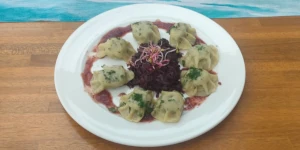
Pierogi z gęsiną - Goose dumplings (Kashubian‑Pomeranian)
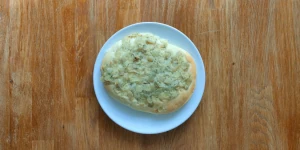
Cebularz - a cake with onion and poppy seeds

Farszynki - Masurian potato cutlets with stuffing
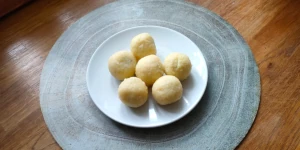
Pyzy ziemniaczane z mięsem - Potato dumplings with meat
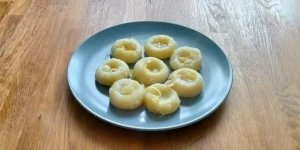
Kluski śląskie - Silesian dumplings

Sękacz - Tasty Polish Spit Cake

Fuczki - sauerkraut pancakes
